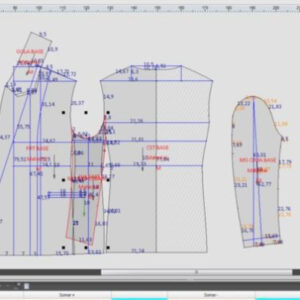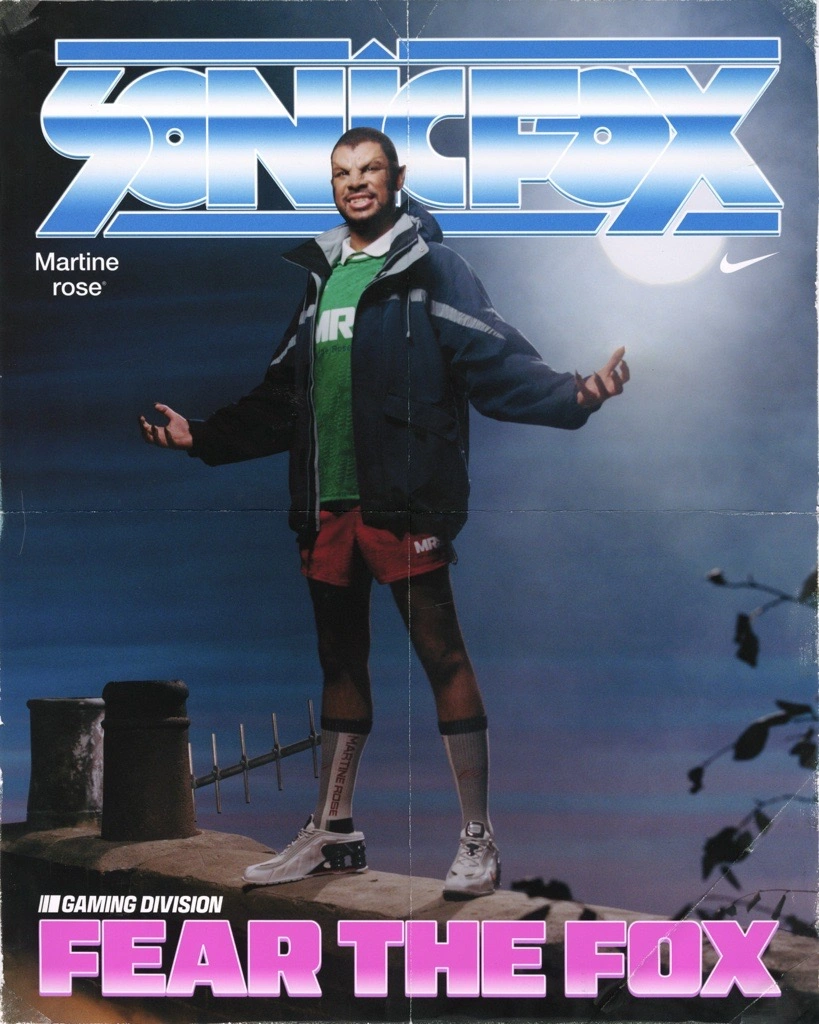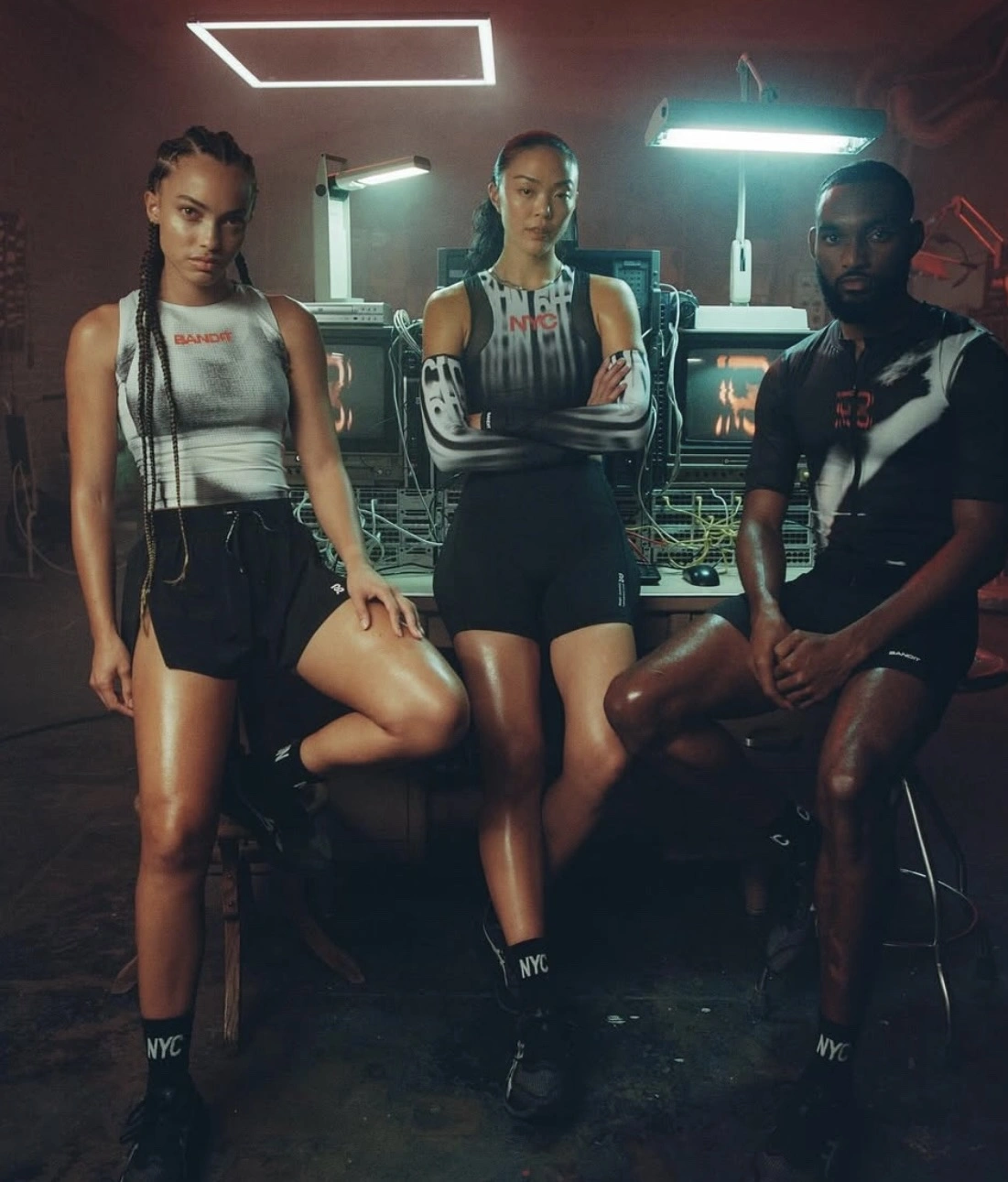If someone hands you a quick pattern and tells you it’s ready to go, take a pause. Ask yourself: Is this really finished? Is this truly a foundation I can build on? Chances are, it isn’t. Because good patterns aren’t created in haste. They’re engineered—carefully, thoughtfully, and often painstakingly.
Pattern making is not a shortcut, it’s a process. And more than that, it’s a profession—one that demands technical skill, patience, experience, and a relentless eye for precision. Just as a civil engineer designs a blueprint that must withstand the forces of gravity, time, and weather, the pattern maker builds a structure that must survive motion, wear, and real bodies in real clothes. Every dart, every notch, every seam allowance is part of a larger architectural framework.
To understand pattern making as anything less than engineering is to fundamentally underestimate its role in the fashion world. If fashion is art, pattern making is the mathematics beneath the brushstrokes. It’s the code behind the user interface. It’s where the beautiful vision of the designer becomes a garment someone can actually wear.
The Myth of the “Quick Pattern”
Let’s start by killing the myth: there is no such thing as a “quick” pattern that delivers long-term value. A fast draft might get you to a first sample, but at what cost? Time and again, teams end up returning to the worktable, correcting mistakes that stemmed from rushed assumptions—shoulder ease that doesn’t sit right, sleeves that don’t hang cleanly, seams that pull or gape, linings that bubble. Each correction is a cost. Each fix eats away at deadlines and budgets.
The irony is that taking more time at the start actually saves time later. Fewer revisions. Fewer samples. Fewer fittings. A well-drafted pattern gets you closer to production-ready with less back-and-forth. It smooths the workflow from design concept to physical garment.
Fashion’s Unsung Engineers
Civil engineers don’t work in isolation—they collaborate with architects to bring visions to life. They calculate load-bearing walls, material tolerances, and stress points. Without them, skyscrapers would collapse. Similarly, pattern makers collaborate with designers to bring garments into the real world. They evaluate fabric behavior, grainlines, ease, tension, balance, and fit. Without them, fashion collections fall apart—literally.
This is why pattern making deserves respect not just as a technical function but as a form of engineering. It’s the engineering of the body in motion, wrapped in woven or knit material, subjected to both visual scrutiny and functional demands. It takes both creativity and calculation to do this well.
Pattern makers solve problems. The way a jacket rolls over the shoulder without crumpling. How a bodice fits both a size 6 and scales up properly to a size 14. How a fabric behaves differently when cut on the bias. These are structural challenges that require not just knowledge but foresight—an ability to predict issues before they happen.
Structure, Not Style, Makes a Garment Work
Designers often get the spotlight, and rightly so—they provide the vision. But it’s the pattern that determines whether that vision can become wearable reality. Anyone can sketch a blazer with exaggerated lapels and an asymmetrical hem. But making it fit a real human body, drape the way it’s supposed to, and move without constriction? That’s the work of a skilled pattern maker.
Every garment has a skeleton. That skeleton is the pattern. Without it, a piece is nothing more than a sketch. And just like a building without structure, a garment without a solid pattern will collapse under the weight of wear and expectation.
The more complex the design, the more critical the pattern. Tailored garments like blazers and coats involve multiple layers—fabric, lining, interlining, shoulder pads, facings. Every layer interacts. A half-centimeter off in the shoulder or armhole can distort the entire silhouette. Good pattern makers anticipate these issues and build with structure in mind.
Why Thoughtful Pattern Making Matters More Than Ever
In today’s fast-moving fashion world, the temptation to cut corners is everywhere. Deadlines are shorter. Collections are bigger. Consumers expect novelty at speed. But this pressure shouldn’t push quality aside. On the contrary, thoughtful pattern making is more important now than ever before.
Here’s why:
- Sustainability: Every extra sample made is a cost to the environment. A better pattern reduces waste—of fabric, time, and energy. It means fewer iterations and fewer garments tossed because they “didn’t come out right.”
- Fit: In an era of increasing awareness around inclusive sizing, pattern makers must be more skilled than ever. Creating base blocks that adapt well across body types requires deep understanding—not just of anatomy, but of proportion, scale, and grading.
- Cost-efficiency: Factories work with tight tolerances. A clean pattern reduces questions and errors during production. Less ambiguity, fewer sewing mistakes, and faster assembly all begin with better patterns.
- Brand identity: Fit is part of brand DNA. If your pants always sit right, if your jackets always move well—people notice. And that consistency starts with patterns, not marketing.
Pattern Making as a Creative Craft
Pattern makers don’t just follow orders. They make critical creative decisions. They interpret design ideas into shapes that work in three dimensions. They problem-solve around impossible sleeves or fabrics that fight the design. They test out curves and cuts. They tweak until the whole piece flows.
There’s artistry in a well-balanced pattern. The way a sleeve cap curves into the armhole. The slight forward pitch that mimics the way arms naturally rest. The invisible choices that make a garment feel good, look great, and move perfectly.
This is where the idea of pattern making as an artful science comes into play. Precision matters, but so does intuition. Experience teaches pattern makers how a certain wool will drape compared to a cotton twill. How to add a half-inch of ease without killing the silhouette. How to make something technical feel effortless.
The Need for Education and Respect
Unfortunately, many in the industry still treat pattern making as a background task—something technical, unglamorous, even disposable. That needs to change.
More designers need to be educated in the basics of pattern making. Not so they can do it themselves, but so they understand what they’re asking for. A better design conversation starts with shared language. When designers understand grainlines, balance, and fit mechanics, their sketches become more achievable. When pattern makers understand design intent and concept vision, their drafts become more aligned.
Fashion schools need to emphasize pattern making as a core discipline, not an optional side skill. Industry leaders should value it as a cornerstone of product development, not an afterthought to design.
The Human Element
Beyond skills and techniques, there’s something more subtle that separates a good pattern from a great one: care. The best pattern makers work with a kind of reverence. They think about how the garment will feel on the body. How it will move. How it will flatter. They anticipate the needs of the person who will wear it—whether they’re striding into a boardroom or walking down a runway.
A good pattern respects the body. A great one celebrates it.
This is why patterns should be made with love—and, more than anything, with thought. It’s not just about measurements and lines. It’s about intention. You’re building something someone will live in. Maybe even something that changes the way they feel about themselves. That’s not a task to rush. That’s a responsibility to embrace.
Impression
It may sound counterintuitive, but slowing down at the pattern stage speeds everything else up. Fewer errors. Fewer revisions. Fewer headaches. A great pattern creates a smoother path from sketch to sample to store. And it lays the groundwork for garments that not only look good but last.
So the next time someone offers you a “quick pattern,” pause. Look closer. Ask yourself: Is this built to last? Is this the foundation of something great—or just a placeholder for something rushed?
Because in fashion, as in construction, shortcuts usually collapse. And real engineering? That takes time—but it’s always worth it.
No comments yet.









